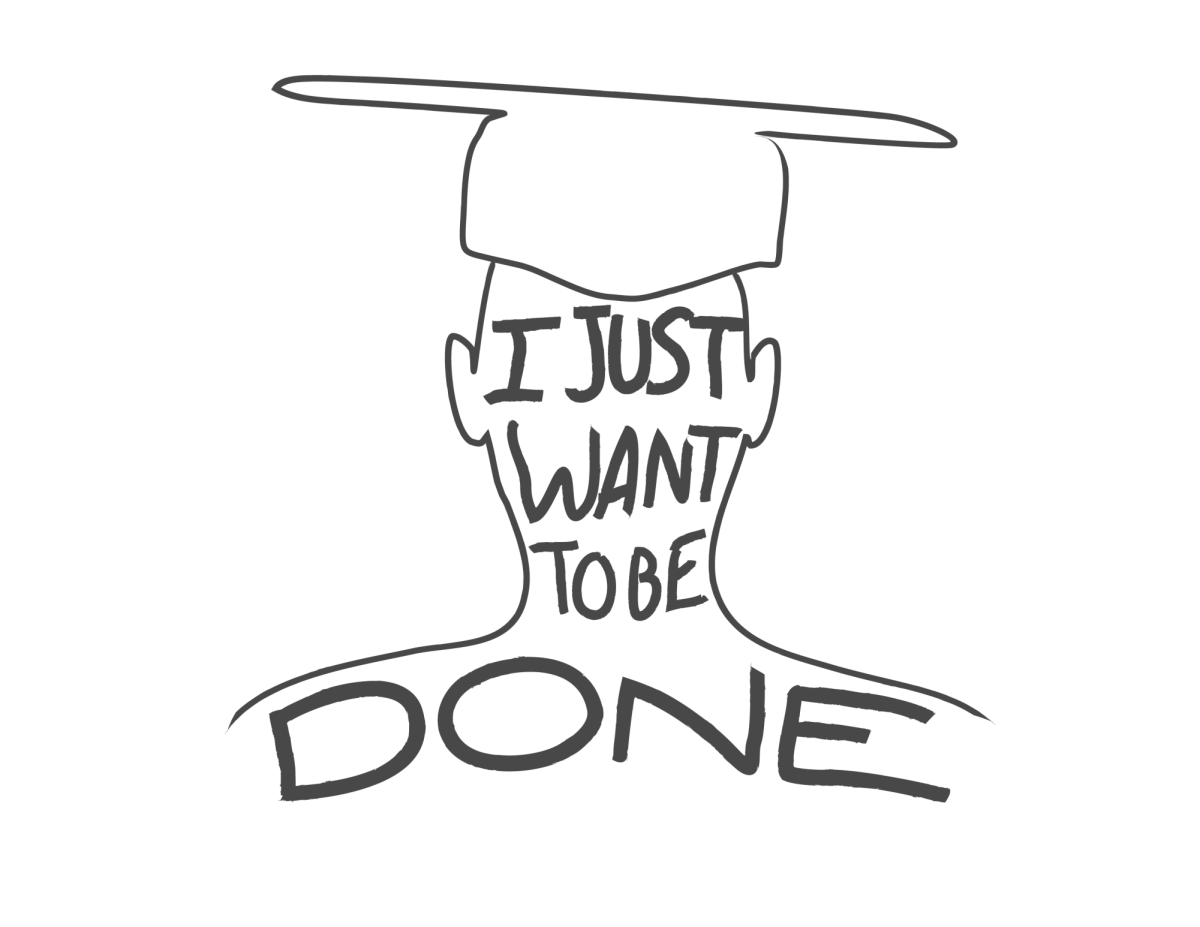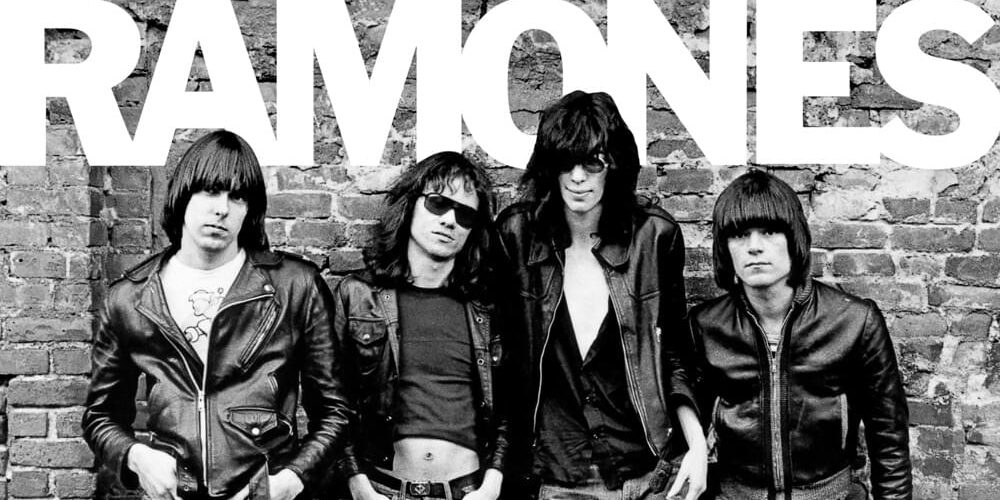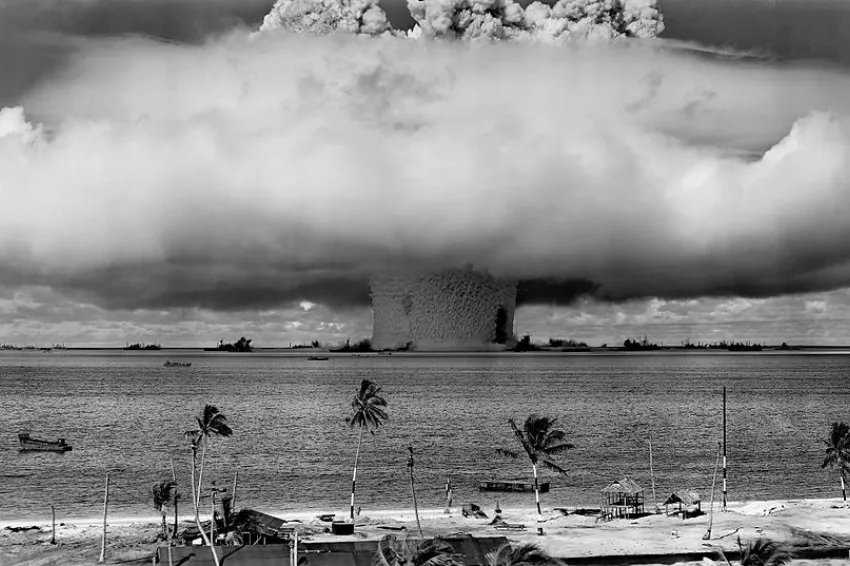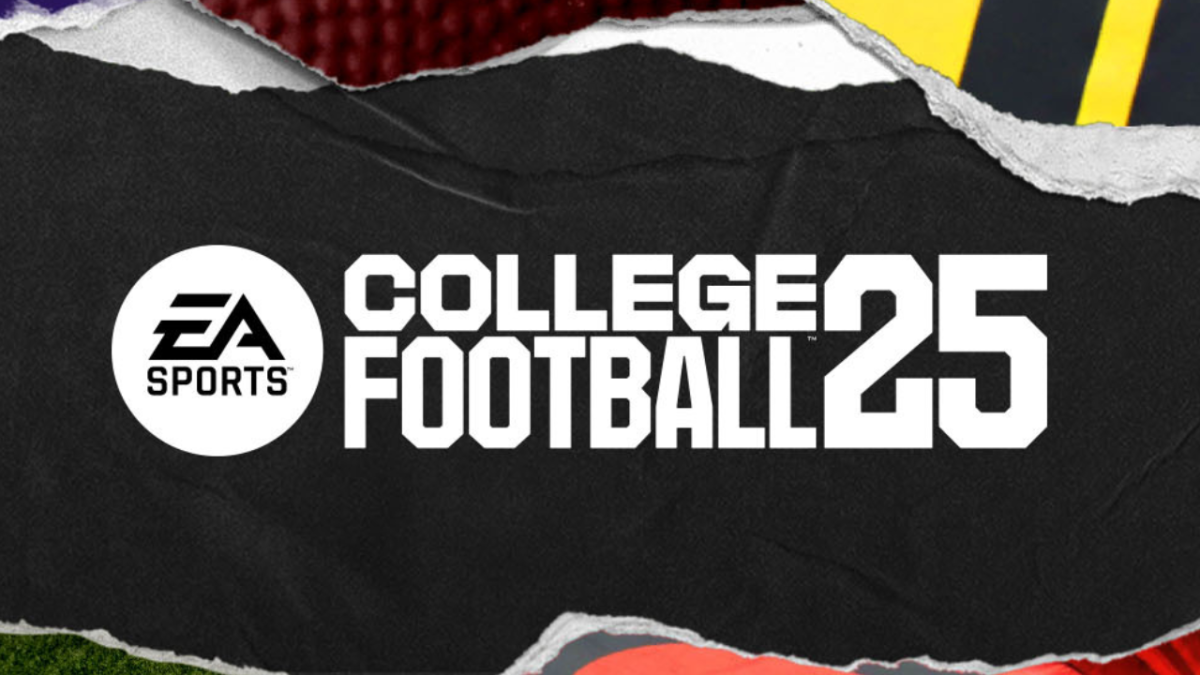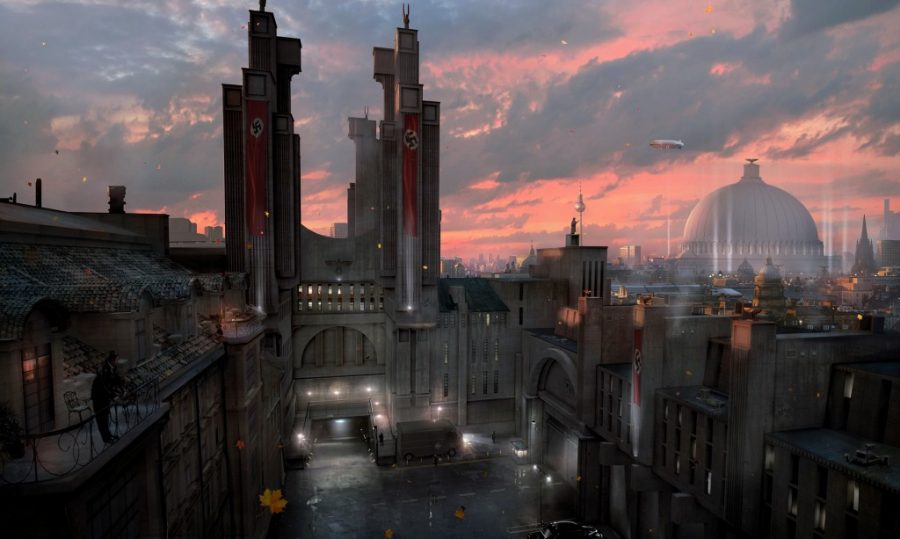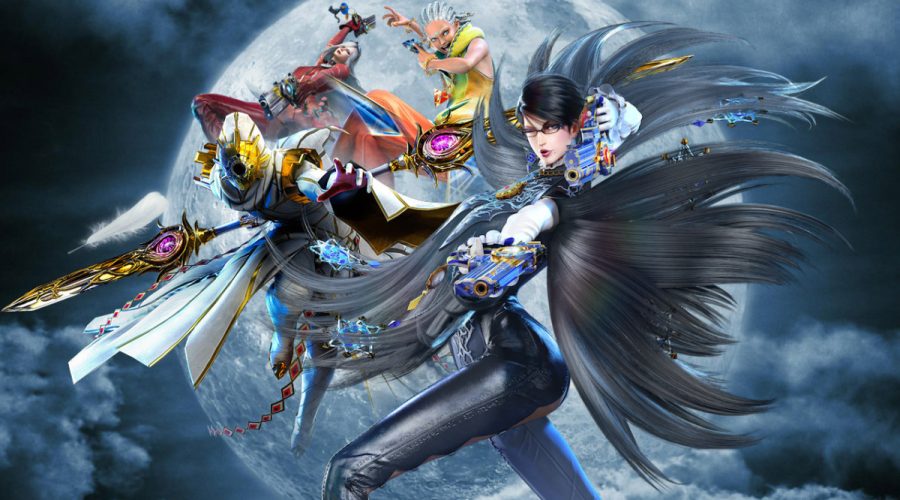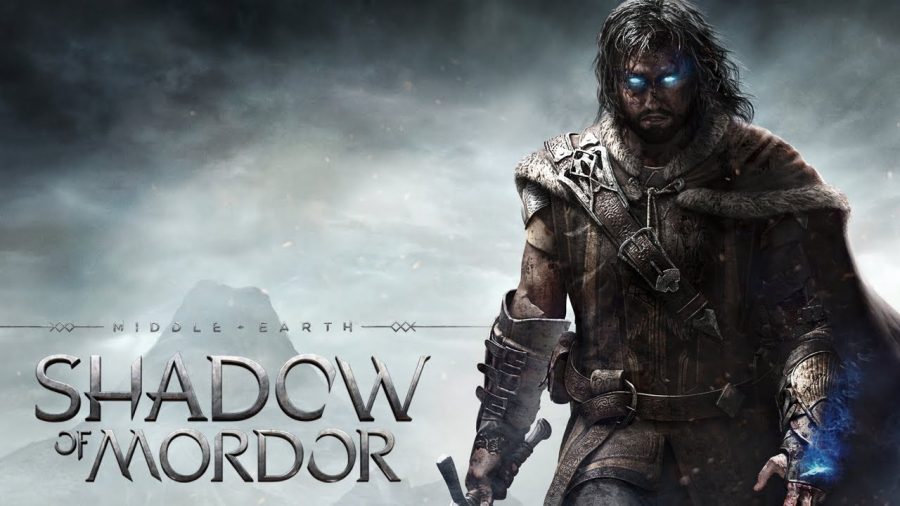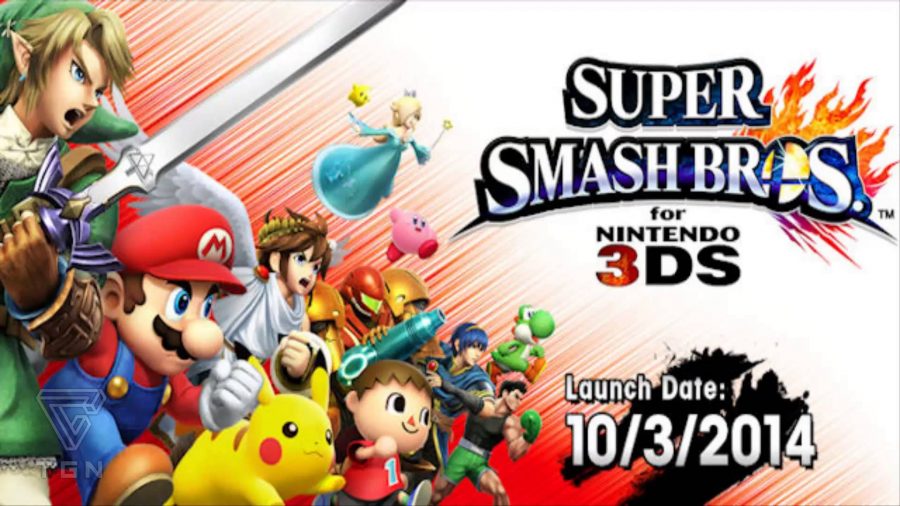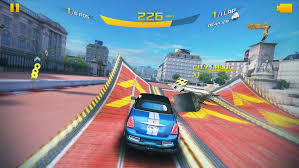Jake Dubusker ’15
Sing to the Great Fairy and put off your homework another few hours in celebration, because the summer games drought is over! There’s a veritable conga line of releases leading up through the holidays, all of them trying their hardest to be the game little Timmy finds under the Christmas tree. Coming up in the next few months we have Super Smash Bros. 3DS, The Evil Within, Shadow of Mordor, Bayonetta 2, and all sorts of other unnamed but nonetheless anticipated releases, spearheaded by Nintendo with Hyrule Warriors – well okay it was Destiny that really spearheaded it but shut up I don’t have a PS4.
Anyway, Hyrule Warriors is not a main Zelda title, but a spin-off, combining the characters and setting from Zelda with the gameplay and format of Dynasty Warriors. Warriors gameplay is at its core rather simple; it consists of massive hordes of very weak enemies being thrown at you for you to hack, slash, and burn through with little challenge and extreme amounts of style and flash. The gameplay itself can be described as “easy to learn, of middling difficulty to master,” and I would compare it best to a single player League of Legends or DOTA 2 mixed with Devil May Cry. You have two attack buttons, light and heavy, which you combine for different combos. Kill enough enemies and you can unleash a special attack, perfect for killing even larger quantities of weak enemies with even greater style. Fill up a different slower-filling bar and you can enter a super-mode where you attack hard and move quickly, at the end unleashing an even more powerful super-move. Slashing your way through these hordes occasionally littered with stronger variants of enemies goes hand in hand with the control point system. All around the large battlefield are strongholds that act as spawning points for enemies, which you can take over by relieving all the enemies inside of their troublesome limbs, whereupon it becomes a spawning point for your own friendly weak soldiers. As seems to be the case for Warriors games, it isn’t the most challenging game out there. Not much is there to threaten you aside from the occasional harder-than-usual enemy commander (or at one point in Hyrule Warriors, Dark Link), but the challenge isn’t what you’re there for, though there are higher difficulty settings. The appeal of Warriors games comes from leading an army valiantly through the battlefield and taking over, leaving a mess of treasure and health drops where the enemies used to be; it’s cathartic in nature, especially when all your super-attack gauges are full and you let them all loose at once on the enemy commander!
Due to the simple gameplay, however, Warriors games tend to be called repetitive and boring. The genre remains a niche title in the west and is very popular only in Japan. Hyrule Warriors, though, actually makes an effort to offset the repetition, earning popularity in the west even among those who find Warriors games dreadfully boring. I was actually surprised by how much Zelda gameplay was adapted in what is essentially just Dynasty Warriors with Zelda wallpaper. Every few missions obstacles pop up that can only be overcome by finding a specific classic tool from Zelda games and utilizing it. Many levels end with a climactic boss fight with a large monster, an element completely new to the Warriors genre. They even go through the Zelda routine of requiring you to use the new tool you found to damage it and expose its weak spot before you wildly swing your weapon at it like it’s a piñata that’s been trash talking your mom.
The plot doesn’t deserve close analysis, as it’s mostly an excuse plot that just serves to unite Zelda characters from various games in a cause to fight the evil force trying to take over Hyrule, as Warriors tradition is for plot. It brings you to the lands of Twilight Princess, Skyward Sword, and Ocarina of Time for meetings and battles with fan-favorite characters, for the most part at least. One mission in the Skyward Sword path leads you to a battle with The Imprisoned, and I would have thought that a game intended for Zelda fanservice would want to stay far away from even mentioning The Imprisoned. Thankfully though it’s not offensive and while it may invoke memories of one of the blemishes on Skyward Sword it’s still a fun fight with none of the problems that the original fight had. Most importantly they don’t force you to battle it three times again. All the environments and characters are faithfully and beautifully depicted, though I was confused when some characters had different voice actors, because the way voice acting works in Zelda (very minimal) means they could have lifted the sound files from the previous games and nothing would have been lost. The soundtrack consists of the usual Zelda tracks but given a deliciously cheesy rock remix to fit the fast-paced action. The game as a whole looks fantastic, visuals are well crafted and the characters are extremely well made, development studio Team Ninja being masters of this craft; Zelda herself and Ganondorf stand out particularly as fantastic designs.
Hyrule Warriors is packed with content, from a lengthy story mode to an adventure mode with throwbacks and references to the original Legend of Zelda, and all of it is masterfully executed. There’s a lot to love in this package, especially for fans of the Dynasty Warriors and The Legend of Zelda series. The game gets a very enthusiastic recommendation, though I must leave the usual Dynasty Warriors caveat that the genre is very hit-or-miss, but if you’re willing to try it out then it would be very hard to find a better starting place than Hyrule Warriors. Studio Omega-Force masterfully merged the beat ‘em all combat of Dynasty Warriors with the characters and atmosphere of The Legend of Zelda, and it’s hard to not call this project a great success. With addicting combat and hugely extensive content to discover and play through, Hyrule Warriors was a mad idea that logically should never have panned out, but it did. It’s a crazy idea that was just crazy enough to spectacularly succeed, and I love it to death.

